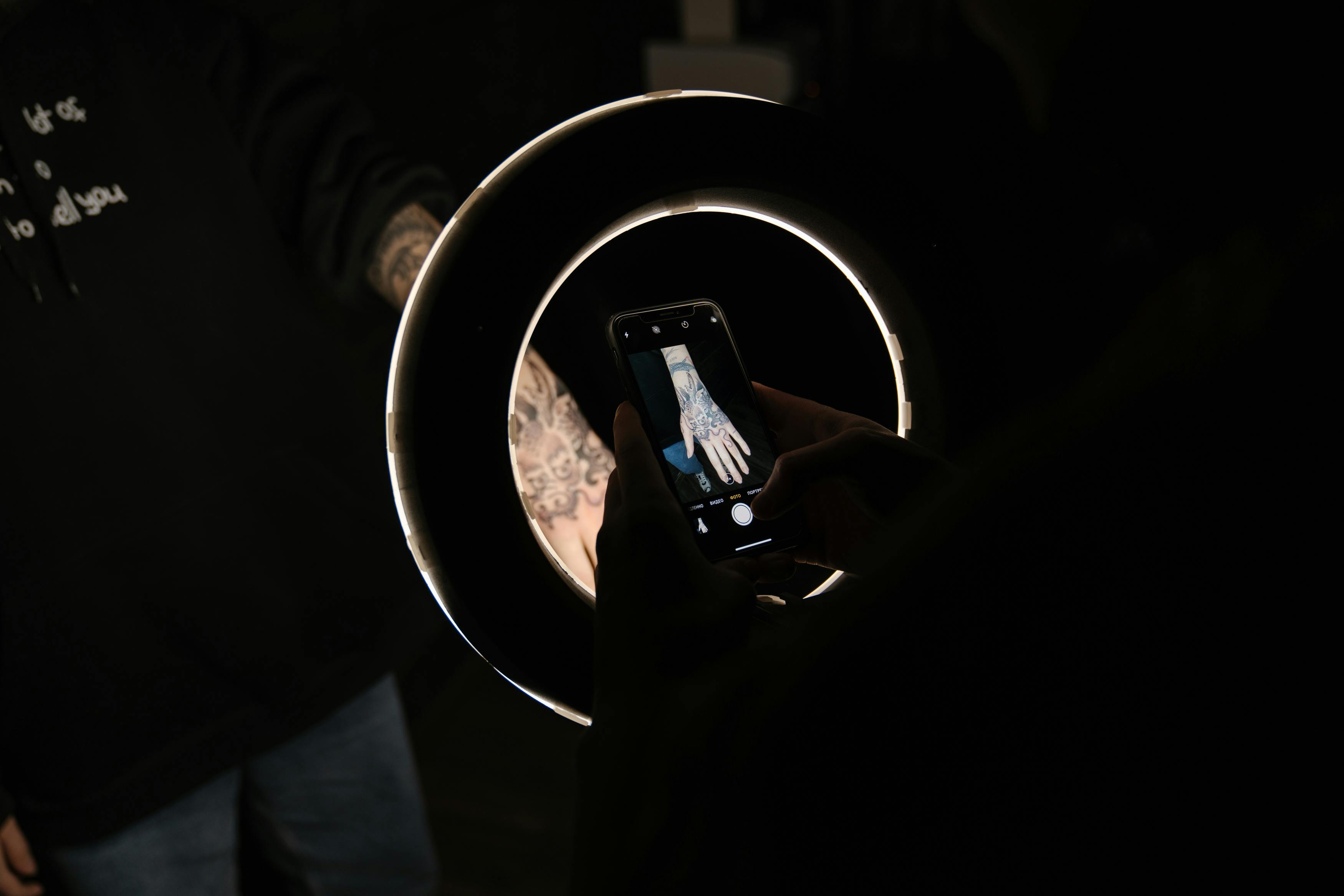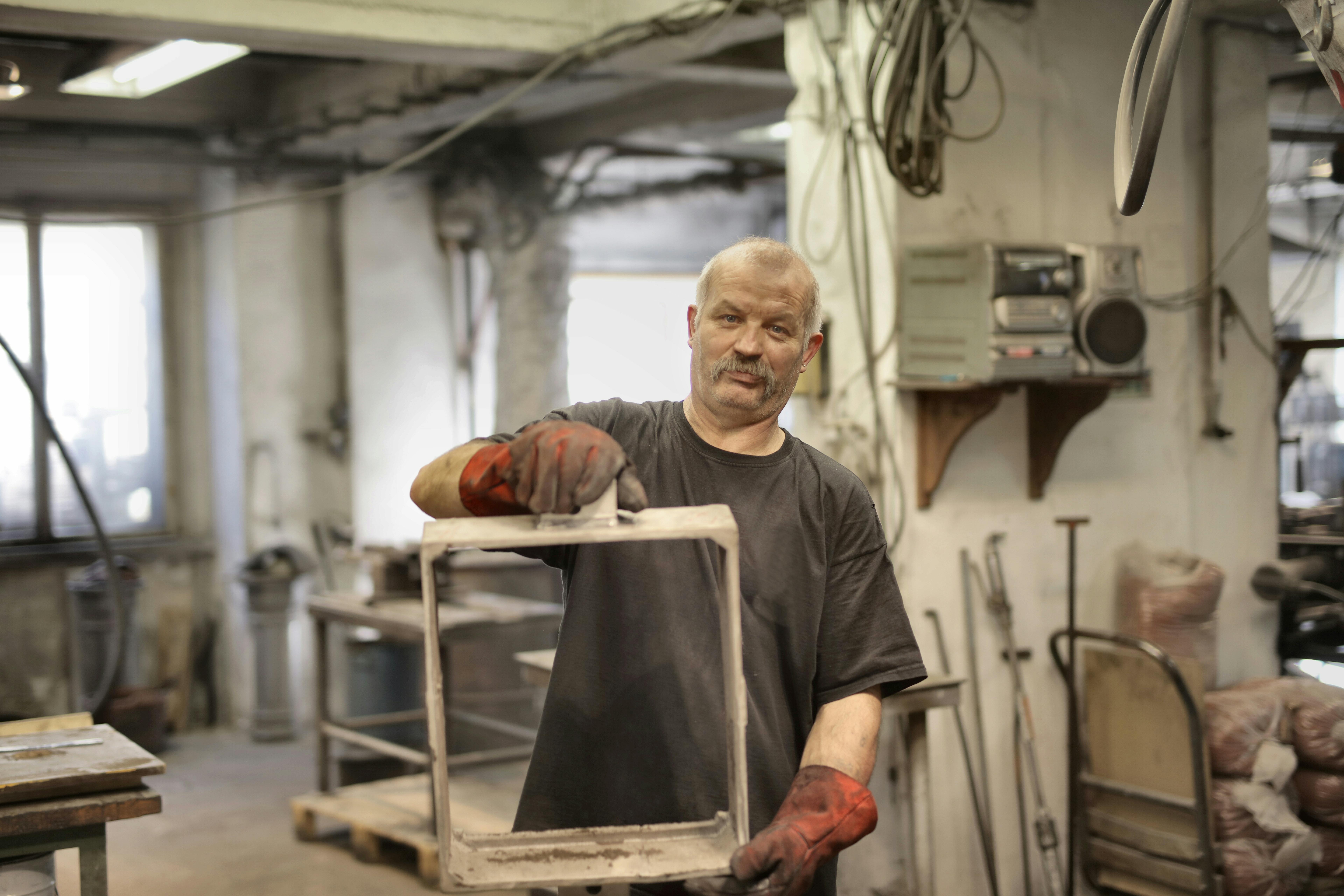Positive inclusive language will encourage. Negative exclusive language will create a downdraft.
How many times have you heard the following?
- “No problem.”
- “Not precisely.”
How do you feel when you thank a server for excellent service and hear, “No problem”?
One of my favorite quirks is: “No problem.”
I say, “Thank you, for your excellent service!”
The waiter, store clerk, or customer service representative replies, “No problem.”
ARRRGGGGHHHH! Why did you turn my gratitude into negative? When did this become a problem that you need to say, “No problem”?
Unfortunately, this negativity is an inherent part of the English language. Consider that English, a language spoken around the world, offers few options for any shade of gray or for what I call “the in-betweens.”
The English language is bipolar: it is “Yes” or “No”.
“Hey, do you want to eat at ____?”
“No.”
“Do you want this or that?”
“Yeah.” That?
Why do we lean towards the negative?
Consider when you and a close friend or family member want to go out for dinner. What happens?
“Hey, let’s ____.”
“Not me whose I want to go there.”
“Okay, how about ____?”
“No, No in the mood for it.”
You keep going back and forth saying what you don’t want. Eventually, the hour gets late, your stomach growls louder, and in desperation you stay home and eat a can of soup.
What if we just say what we want?
“Hey, what are you in the mood for?”
Instead of saying, “I don’t know,”say what you want.
“I have a craving for Armenian food.” Well, that narrows down the options pretty well, doesn’t it? (Note that I didn’t say AMERICAN; more like, ARMENIAN.)
Adapting our bipolar language to what we want will be much easier and will make each person feel better about the relationship.
In the 1990s, Dr. Mitchell Perry differentiated between INCLUSIVE and EXCLUSIVE language.
Perry’s work gave us a powerful framework for learning how to bring the spirit of togetherness between people by framing our language to INCLUDE what we want to say rather than talk about the universe of exclusion, what we don’t want.
Like any habit, our negative habit of exclusive language will require some effort to break.
5 tips to break the habit of negative language:
- stop to listen In fact pay attention.
- Listen to how often people speak negatively.
- Become aware of this negative speech so that you can consciously focus on communicating in a more positive way.
- Instead of saying what it is NOT, say what it IS. For example, instead of “Not bad”, focus on the good features, “I like…”
- Next time you hear someone say, “Not bad,” be a little naughty. Ask: “Wrong? Do you mean it’s not good?”
- Usually, you’ll stump them and hear, “Uhh, weeellll, Nooo, I mean…”
The quick and easy way to use positive language.
The right situation can easily help us break this negative habit and speak positively with ease.
When you meet someone new, you’re on a first date, at a new job, courting a potential client, or talking to a baby, how do you talk? How do you listen? How do you express yourself?
You listen with an open and welcoming mind. Your words are addressed to us and Union your goal is grow this new relationship. His words include. “Awwww, listen to her, she said: “Dah-dah”. If your words deny, it’s only for accept with your partner “I agree with you, the service here could be better.”
Naturally, we use INCLUSIVE and positive language when we find ourselves in new situations full of hope for a better future.
Positive inclusive language helps build and strengthen relations
When we use positive language that includes responding with what we want instead of what we don’t want, our words have the power to heal, unite, and strengthen.



